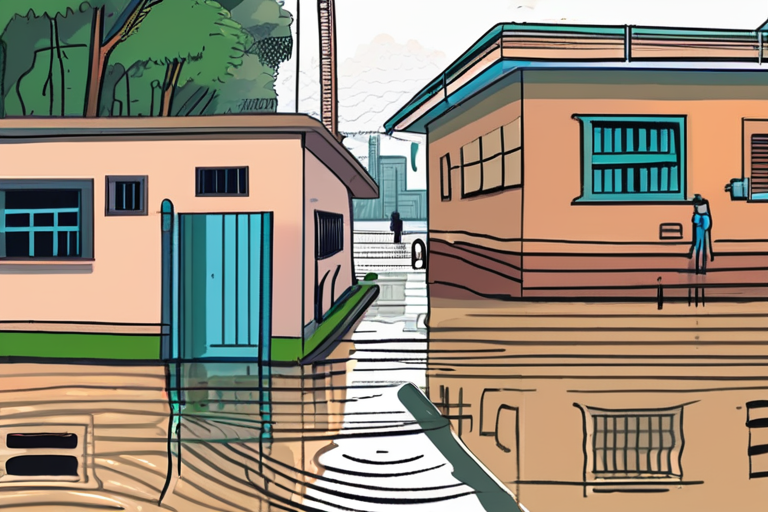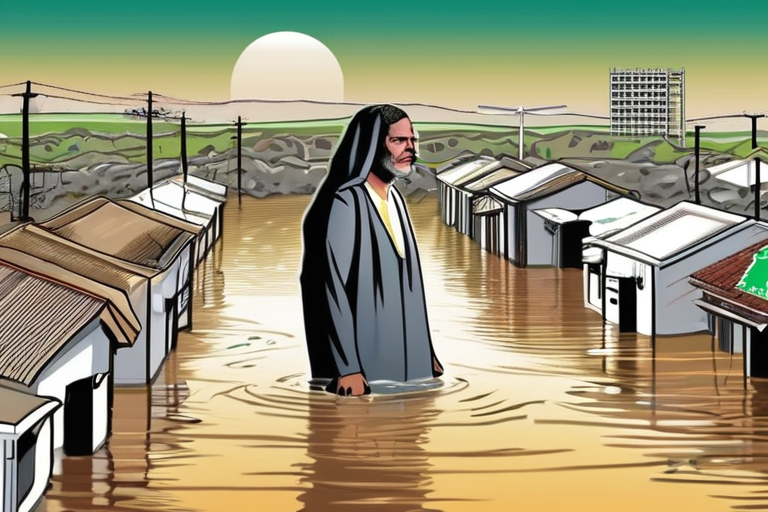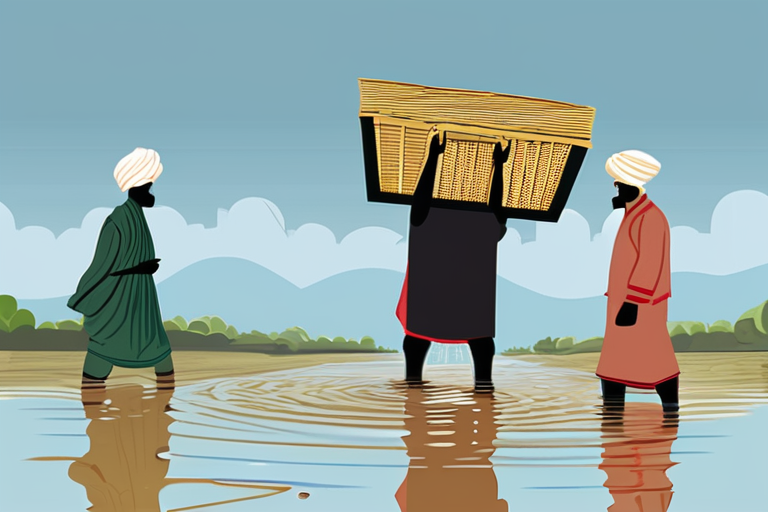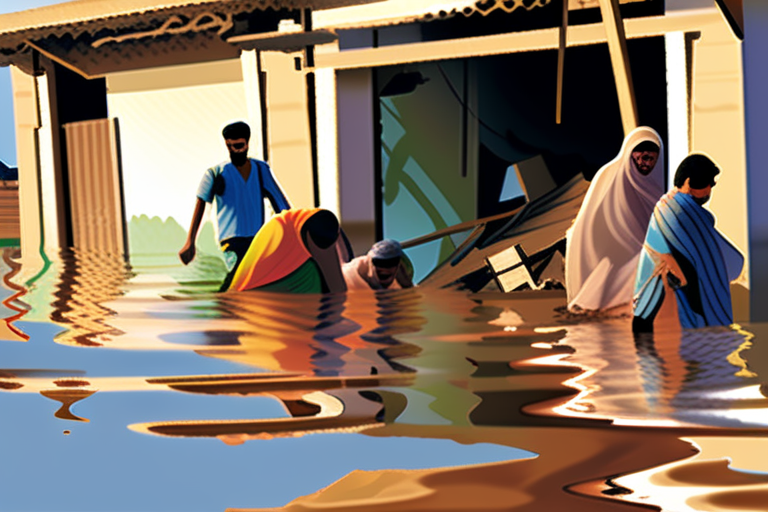India and Pakistan Share Flood Risks, Must Combine Solutions
In the wake of catastrophic monsoon rains that have ravaged the Punjab region of India and Pakistan, experts are emphasizing the need for joint efforts to mitigate flood risks in both countries. The devastating floods, which have submerged thousands of villages, displaced millions, and claimed hundreds of lives, serve as a stark reminder of the shared challenges faced by these neighboring nations.
According to Dr. Maria Rodriguez, a climate scientist at the University of Punjab, "The monsoon rains are a natural phenomenon, but the severity of this year's floods is exacerbated by climate change." She notes that rising temperatures and changing precipitation patterns have increased the likelihood of extreme weather events in the region.
In Pakistan's Punjab province alone, nearly 2 million people have been evacuated, with the humanitarian toll continuing to mount. The Indian government has also reported significant displacement and loss of life, with thousands of villages submerged under floodwaters. As the situation unfolds, experts are urging policymakers to prioritize collaboration and knowledge-sharing between India and Pakistan.
"This is not just a matter of national security; it's a human rights issue," said Dr. Amjad Ali, a water management expert at the Lahore University of Management Sciences. "We need to work together to develop effective flood mitigation strategies that take into account the unique challenges faced by both countries."
The Punjab region's geography and climate make it particularly vulnerable to flooding, with the Indus River basin stretching across both India and Pakistan. The shared watersheds and river systems create a complex web of interconnected flood risks, which can only be effectively addressed through joint efforts.
In recent years, there have been initiatives to promote cooperation between Indian and Pakistani scientists on climate-related issues. For instance, the Indo-Pak Climate Change Forum has brought together researchers from both countries to share knowledge and best practices in addressing climate change impacts.
As the floodwaters begin to recede, policymakers are facing a daunting task: rebuilding communities, restoring infrastructure, and developing long-term solutions to mitigate future flood risks. The international community is also taking notice, with organizations such as the United Nations High Commissioner for Refugees (UNHCR) providing critical support to affected populations.
In the aftermath of this disaster, experts are calling on India and Pakistan to seize the opportunity to strengthen their collaboration on climate change and water management. By working together, they can develop innovative solutions that not only address shared flood risks but also promote regional stability and cooperation.
Background:
The Punjab region has a long history of flooding, with monsoon rains often causing widespread damage and displacement. Climate change is exacerbating these risks, with rising temperatures and changing precipitation patterns increasing the likelihood of extreme weather events.
Additional Perspectives:
Dr. Rohan Khanna, an economist at the Indian Institute of Management, notes that the economic costs of this disaster will be significant, with estimates suggesting billions of dollars in damages.
Dr. Saira Khan, a water resources expert at the Pakistan Water and Power Development Authority, emphasizes the need for sustainable water management practices to mitigate future flood risks.
Current Status:
As the situation unfolds, policymakers are working to provide critical support to affected populations, including food, shelter, and medical aid. The international community is also providing assistance, with organizations such as the UNHCR playing a crucial role in responding to this disaster.
Next Developments:
In the coming weeks and months, experts will be closely monitoring the situation to assess the full extent of the damage and identify opportunities for joint action between India and Pakistan. As policymakers work to rebuild communities and restore infrastructure, they must also prioritize long-term solutions to mitigate future flood risks.
*Reporting by Nature.*



 Hoppi
Hoppi

 Hoppi
Hoppi

 Hoppi
Hoppi

 Hoppi
Hoppi

 Hoppi
Hoppi

 Hoppi
Hoppi











